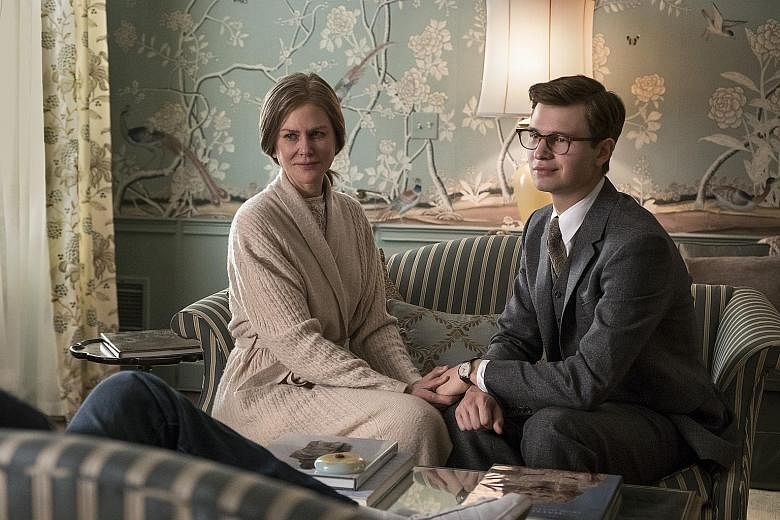By now, most people are used to the Oscar-bait movie that uses one or more of the following techniques: lead characters crippled by guilt or grief; the redemptive power of music, painting or literature; and lastly, the use of drugs and bad sex to numb the soul to the pain of existence.
This two-hour-plus journey into the troubled soul of Theo Decker (Fegley and Elgort) decides to go for the trifecta, just to be safe.
Theo's guilt is front and centre, as well as his penchant for recreational powders.
Coming to his aid is the painting that gives the movie its title. The relationship between Theo and the artwork is made clear only at the end, though it offers some suspense in a story desperately in need of a narrative hook. But as a symbol of the healing power of art, the 17th-century Dutch work could not be used more literally.
In Theo's mind, it has totemic power. It represents a link to his long-dead mother, whose death he believes he has caused. As if that were not enough, more art enters, in the form of antiques.
Theo's Dickensian life is marked by adoptions - first, by the genteel Barbour family, represented mainly by the genteel Samantha, ably played by Nicole Kidman.
The second adoption comes from antique furniture dealer Hobie, played with mannered graveness by Jeffrey Wright. Old chairs become a balm for the boy's troubled soul.
Director John Crowley did a fantastic job with the 2015 Oscar-nominated period romantic drama, Brooklyn (starring Saoirse Ronan), in which he breathed life into a novel by Irish writer Colm Tobin.
-
REVIEW / DRAMA
-
THE GOLDFINCH (NC16)
150 minutes/Opens today/2 Stars
The story: In the present day, Theo (Ansel Elgort) is a drug-addicted mess. In a series of flashbacks, it is shown that his mental condition is the result of childhood trauma. During a visit to New York's Metropolitan Museum of Art, the younger Theo (Oakes Fegley) is separated from his mother. A terrorist bomb kills her. Theo develops a bond with a painting he was looking at when the incident took place: an image of a pet bird, painted in 1654, titled The Goldfinch. Adapted from the 2013 Pulitzer Prize-winning novel of the same name by Donna Tartt.
That spark of life is missing from this picture, for reasons that include its conflicting and messy tones and acting styles.
Elgort cannot translate his character's psychic burden into anything that does not look like mild irritation.
A late plot development turns what feels like a so-so introspective examination of grief into an aggressively mediocre heist movie.


